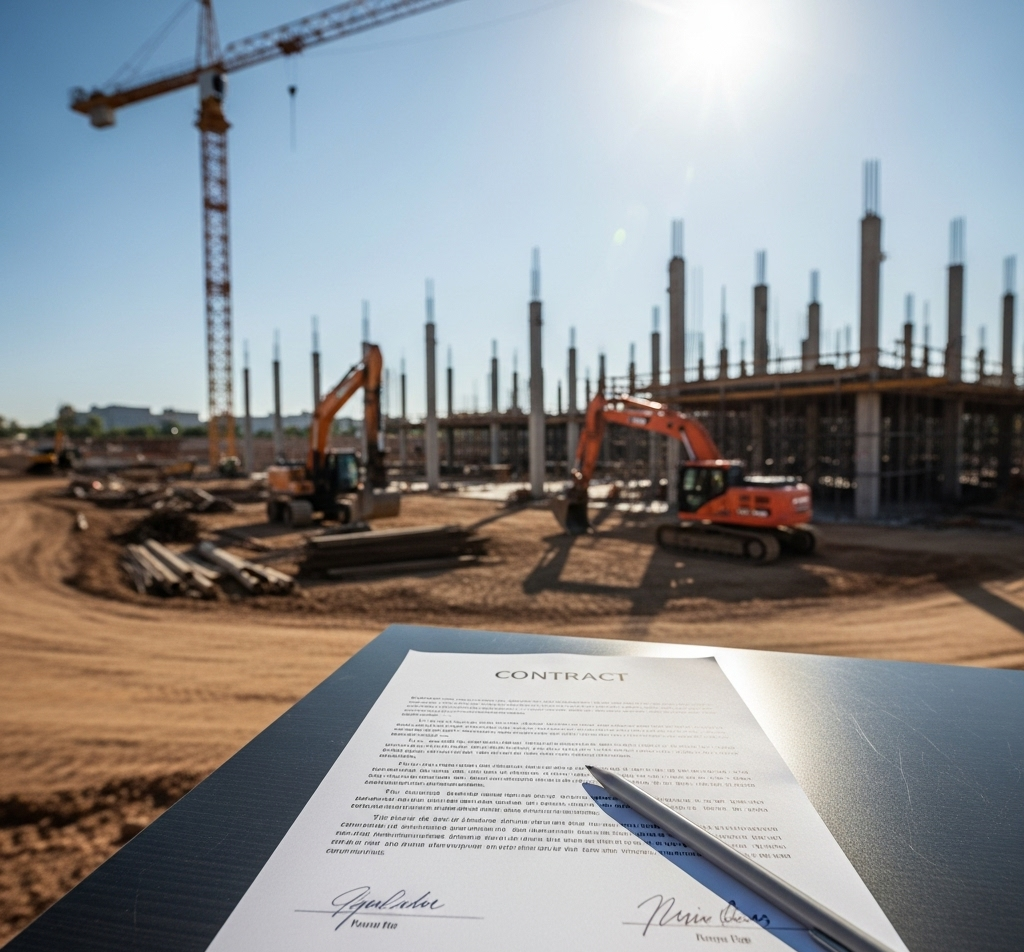
In the high-stakes world of construction, legal risks loom large. From project delays to cost overruns, disputes can drain resources and derail timelines. One powerful tool to manage these risks lies in well-crafted procurement clauses. These contractual provisions, when thoughtfully designed, act as a shield, protecting all parties involved—owners, contractors, and subcontractors—by clearly defining expectations, responsibilities, and remedies. Below, we explore how strategic procurement clauses can mitigate legal risks and ensure smoother project execution.
Procurement clauses govern the processes and terms under which goods, services, and labor are acquired for a construction project. They set the framework for supplier relationships, payment terms, delivery schedules, and dispute resolution. By addressing potential issues upfront, these clauses reduce ambiguity and provide a clear path for handling conflicts, minimizing the likelihood of costly litigation.
A detailed scope of work clause is the foundation of risk mitigation. It outlines the exact deliverables, quality standards, and performance expectations. Ambiguity in this area often leads to disputes over whether work was completed as agreed. To minimize risks:
Use precise language to describe tasks, materials, and timelines.
Reference industry standards (e.g., ASTM, ANSI) for quality benchmarks.
Include provisions for change orders to address modifications without derailing the contract.
Example:
“If the contractor deviates from the specified materials without prior written approval from the owner, the contractor shall bear all costs associated with remediation.”
Clear payment terms prevent disputes over cash flow, a common source of legal friction. Specify when and how payments will be made, including milestones, invoicing procedures, and retainage (a portion of payment withheld until project completion). This protects owners from incomplete work and contractors from non-payment risks.
Define payment schedules tied to measurable project milestones.
Include retainage clauses (e.g., 5-10% withheld until final inspection).
Outline penalties for late payments to incentivize timely disbursements.
Example:
“Payments shall be made within 30 days of invoice submission, provided the work meets the specifications outlined in Schedule A. A 10% retainage shall be held until final project acceptance.”
Disputes are inevitable in complex projects, but litigation is not. Including alternative dispute resolution (ADR) clauses, such as mediation or arbitration, can save time and money. These clauses should:
Mandate negotiation or mediationಸಾಮಾನ್ಯ mediation before escalation to arbitration.
Specify timelines and processes for resolving disputes.
Designate a neutral third party or arbitration body.
Example:
“Any disputes arising under this contract shall first be addressed through good-faith negotiation within 14 days. Unresolved disputes shall proceed to binding arbitration under the rules of the American Arbitration Association.”
Delays due to unforeseen events—like weather, labor strikes, or supply chain issues—can lead to legal battles over liability. Force majeure clauses excuse performance delays under specific circumstances, while clear delay provisions allocate responsibility.
Define excusable delays (e.g., natural disasters, government actions).
Require prompt notification of delays to trigger force majeure protections.
Specify remedies, such as extensions of time or liquidated damages.
Example:
“The contractor shall not be liable for delays caused by events beyond their control, including acts of God or governmental restrictions, provided written notice is given within 48 hours of the event.”
Indemnity clauses allocate responsibility for losses or damages caused by one party’s actions. These are critical to protect against third-party claims, such as injuries or property damage.
Clearly define the scope of indemnification (e.g., negligence, breach of contract).
Limit liability to reasonable amounts to avoid excessive exposure.
Ensure mutual indemnification to balance obligations.
Example:
“The contractor shall indemnify the owner against claims arising from the contractor’s negligent performance, provided such claims are not due to the owner’s actions or omissions.”
These clauses outline the conditions under which either party can terminate or suspend the contract, protecting against breaches or unforeseen circumstances.
Specify grounds for termination (e.g., non-performance, insolvency).
Include notice periods and cure opportunities to avoid abrupt terminations.
Define the financial and legal consequences of termination.
Example:
“The owner may terminate this contract for cause with 7 days’ written notice if the contractor fails to remedy a material breach. Upon termination, the contractor shall be entitled to payment for work completed to date.”
Tailor Clauses to the Project: Generic clauses may not address project-specific risks, such as unique environmental or regulatory challenges.
Involve Legal Counsel: Construction attorneys can ensure clauses comply with local laws and industry standards.
Balance Fairness and Clarity: Overly one-sided clauses may lead to disputes or unenforceability, so aim for equitable terms.
Regularly Review and Update: Laws and industry practices evolve, so contracts should reflect current standards.
Well-drafted procurement clauses do more than prevent disputes—they foster trust and collaboration. By setting clear expectations, they reduce misunderstandings and align the interests of all parties. In the event of a conflict, these clauses provide a roadmap for resolution, saving time, money, and relationships.
© 2025 Lasso Supply Chain Software LLC
Get instant access to our report on the Top Procurement Trends of 2025 by filling out the form below.

Get instant access to our report on the Top Procurement Trends of 2025.